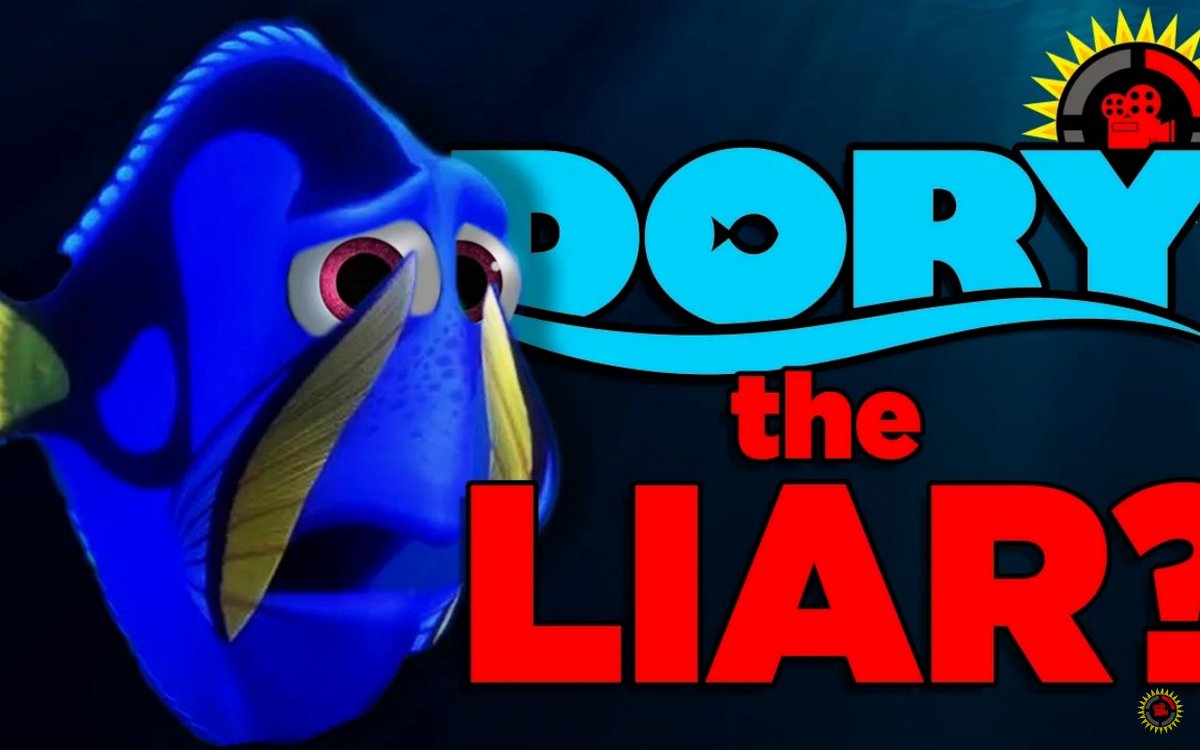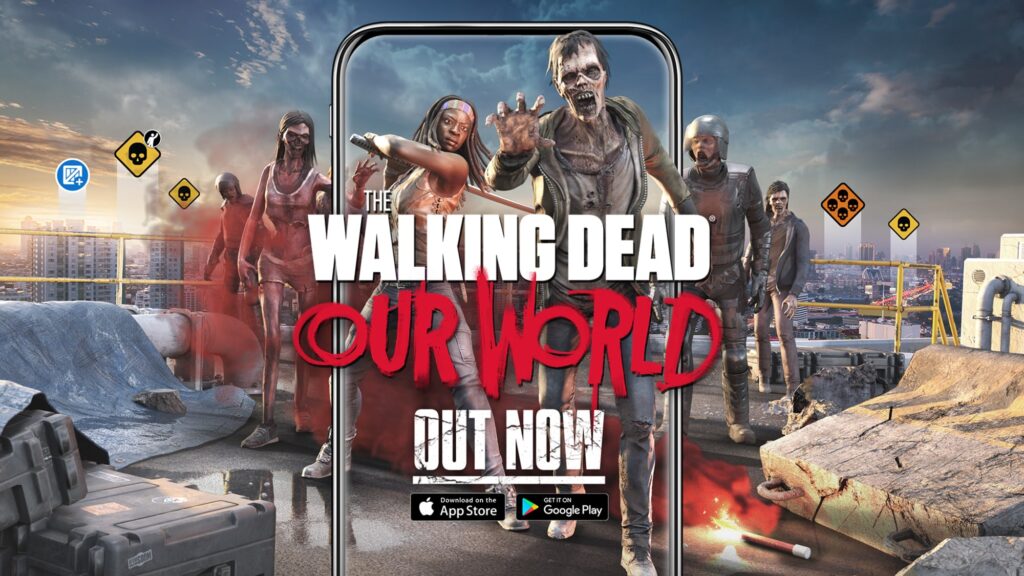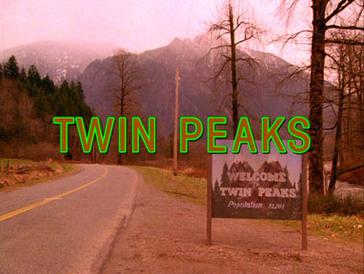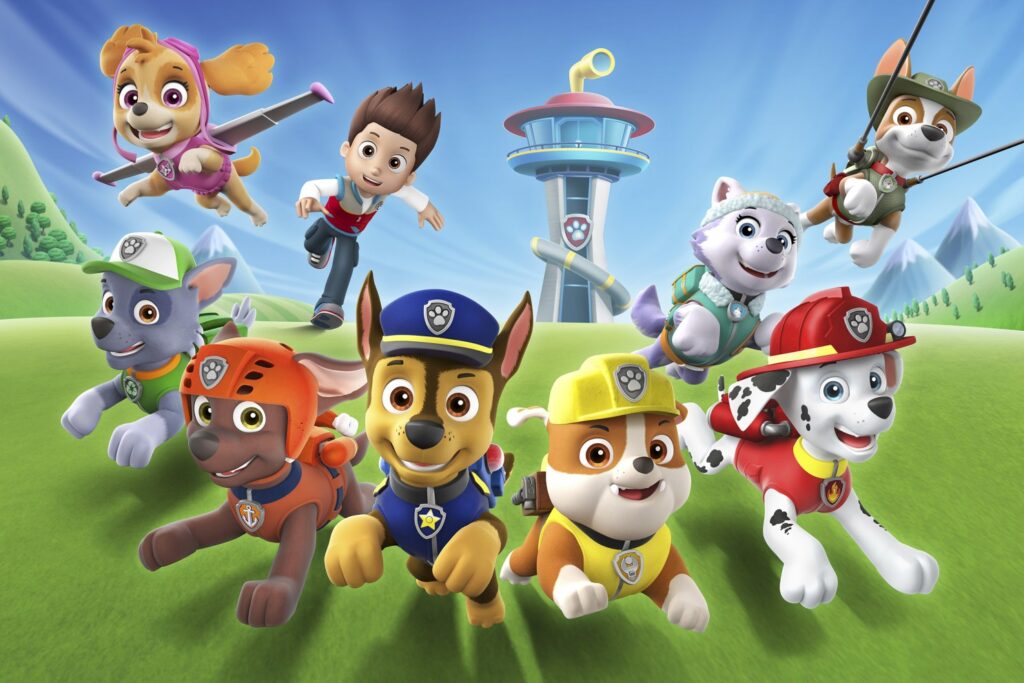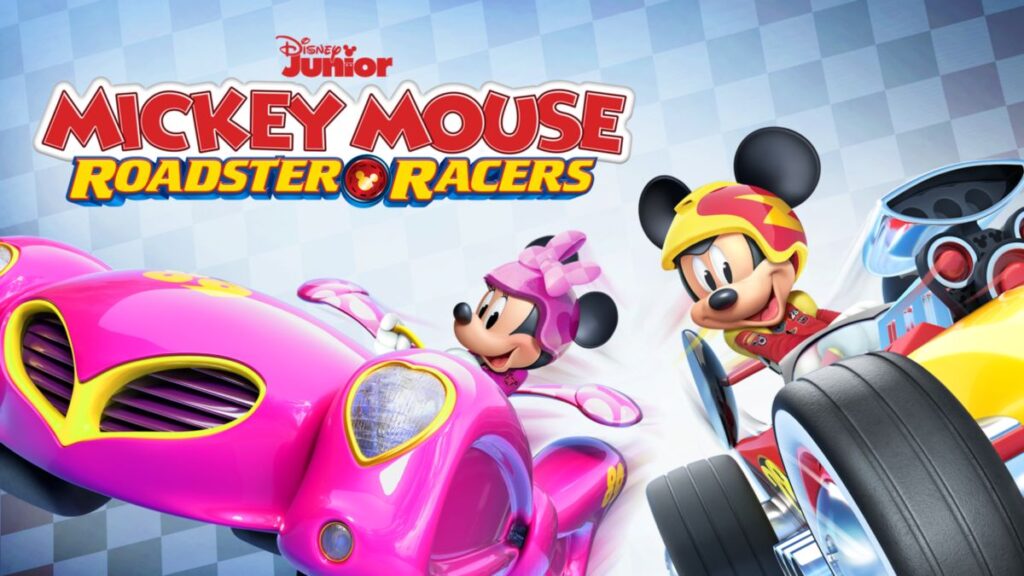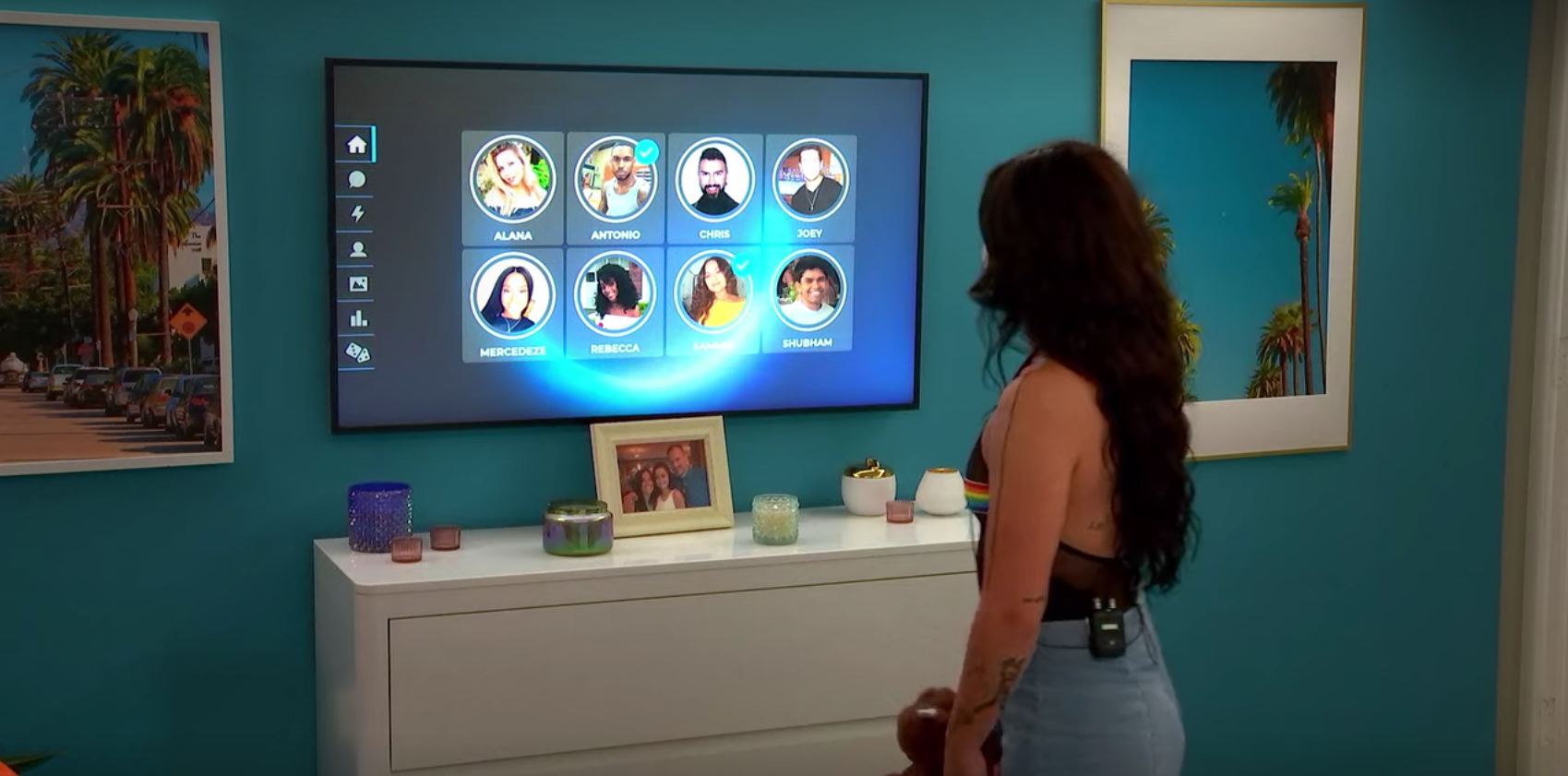CW: Death and gore
Scrolling through Twitter the other day, I noticed “TikTok Decapitation” was trending, and I tapped on the hashtag. Tweets described a TikTok video to look out for and report–a girl dancing and then being beheaded. I cast my phone aside; I’m not on TikTok anyways.
Today, I noticed that same topic was trending as a Google search: “TikTok beheading Vimeo,” which suggests that people are seeking out the video, probably blocked on YouTube but uploaded to Vimeo. My question is why?
People’s attraction to gory media is not new. TV networks like ID dedicated to true crime shows and documentaries, rogue YouTube uploads before things were more tightly monitored (i.e. Saddam Hussein’s execution as stated by Hilderbrand in the “Clip Canon”), and even unmoderated chatrooms like Omegle back in the day were frequent sites of death pranks.
Lately, it seems like every time a person is killed by the police, people eagerly wait on the body cam footage to be released under the pretense that they wish to decide whether or not the extrajudicial killing of a citizen by the authorities was warranted. I think people are so desensitized, that in reality they are waiting at the chance to watch a citizen get killed by people in power.
I don’t know when we started commodifying the death of real people and using that to entertain ourselves, but at some point we have to remember that it is still a murder we are witnessing, despite sitting comfortably behind a screen.
Back in 2018, mega-YouTuber Logan Paul posted a video of him trekking through Aokigahara forest in Japan–a site of frequent suicides. Paul took a video of a hanging body, joked about it, and uploaded the video to his channel. The video was subject to immense backlash, and Paul took it down before issuing an apology. And yet, three years later, he has 23 million YouTube subscribers, a net worth of $19 million, and we all had to hear about his fight against Floyd Mayweather.

It is egregious that Paul still has a platform this big after multiple transgressions, especially the one where he used someone’s unimaginable pain and suffering as a way to build his brand. Of course, Logan Paul, similarly to Armie Hammer, has been absolved because of his positionality and privilege as a rich white male. And because people seek out this genre–true crime, true murder, true “controversy”–whatever it is.
There is a great difference between a fictional Sherlock Holmes mystery, and watching someone die on camera in real time, and we better catch ourselves forgetting about that difference soon.

